Cinematography - Cinematography Expertise
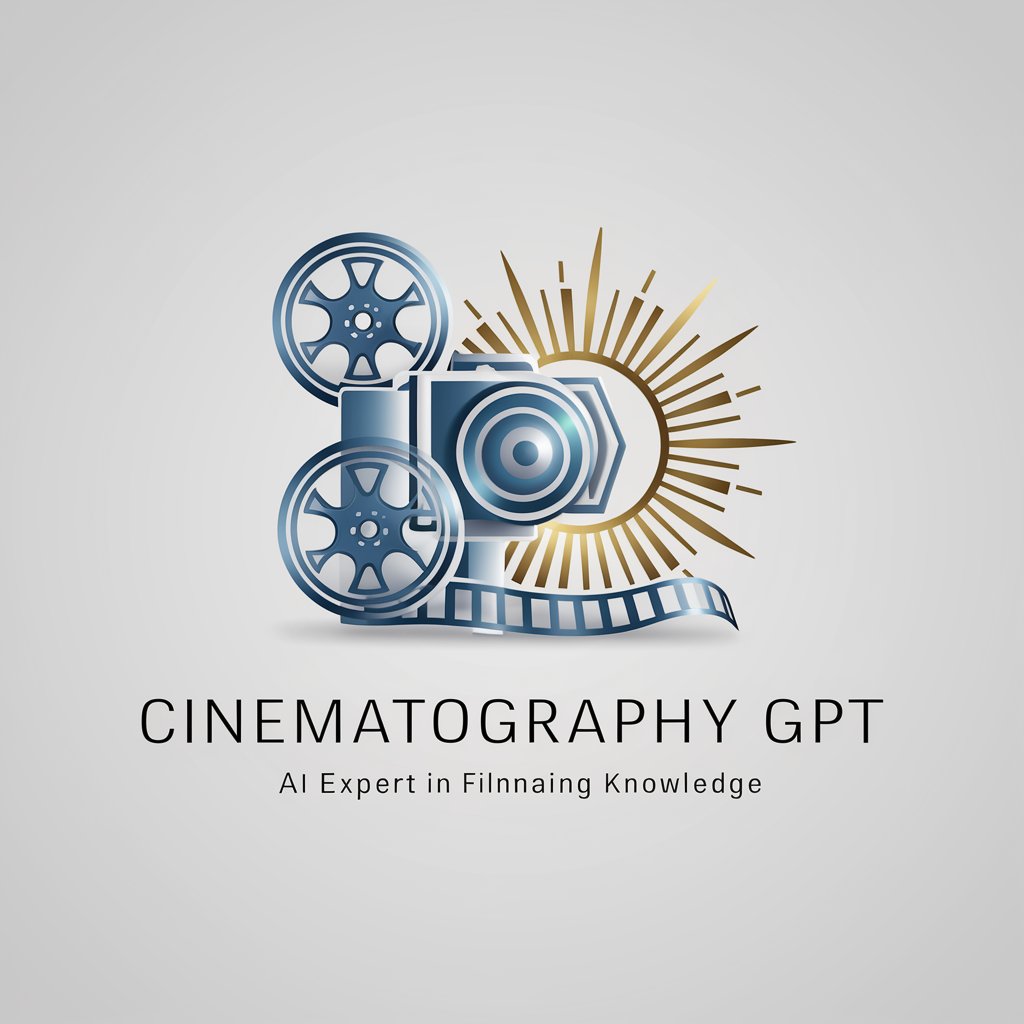
Hello! Ready to dive into the world of cinematography?
Empowering Visual Storytelling with AI
Explain the difference between anamorphic and spherical lenses in cinematography.
What are the key characteristics of film noir lighting?
How does Unreal Engine enhance virtual production in modern filmmaking?
Can you share a quote from a renowned cinematographer on the importance of color in film?
Get Embed Code
Overview of Cinematography GPT
Cinematography GPT is a specialized digital assistant designed to provide in-depth knowledge and insights in the field of cinematography. It encompasses a wide array of topics related to both the technical and artistic aspects of filming, such as camera operations, lighting techniques, color grading, aspect ratios, and the use of various equipment like digital and analog cameras. Moreover, it delves into the aesthetic influences in cinema, discussing how elements like paintings and literature have shaped cinematographic styles. This GPT is programmed to cater to both beginners seeking basic knowledge and professionals desiring advanced technical details. For instance, it can explain how different lenses affect a scene's mood or discuss the intricacies of using the Unreal Engine for virtual productions. Powered by ChatGPT-4o。

Primary Functions of Cinematography GPT
Technical Guidance
Example
Explaining the impact of different lens choices on depth of field and perspective.
Scenario
A filmmaker is choosing lenses for a film noir project and needs advice on achieving a classic, stylized look.
Artistic Insights
Example
Analyzing how certain films use color palettes to enhance storytelling.
Scenario
A film student is studying the use of color in Wes Anderson's movies and seeks a detailed breakdown of his unique style.
Equipment Recommendations
Example
Suggesting suitable camera gear for low-light shooting.
Scenario
An independent filmmaker is planning a night shoot and needs advice on cameras and lenses that perform well in low light.
Historical and Contemporary Trends
Example
Discussing the evolution of camera technologies from analog to digital.
Scenario
A documentary maker is exploring the history of cinematography and requires comprehensive information about its technological advancements.
Virtual Production Techniques
Example
Explaining how to integrate Unreal Engine in filmmaking for realistic environments.
Scenario
A production team is venturing into virtual production and seeks guidance on using Unreal Engine for creating immersive backgrounds.
Target Users of Cinematography GPT
Film Students
Students learning about film production can benefit from comprehensive tutorials on various cinematographic techniques, historical context, and artistic influences.
Professional Cinematographers
Experts in the field can utilize this tool for staying updated with the latest technological trends, equipment reviews, and advanced discussions on cinematographic styles and techniques.
Independent Filmmakers
This group can leverage the GPT for practical advice on equipment selection, budget-friendly filming techniques, and creative insights for enhancing their narrative storytelling.
Cinema Enthusiasts
Individuals with a passion for cinema can indulge in deep dives into the works of renowned cinematographers, understand the nuances of different film genres, and explore the artistic elements that make cinema a unique art form.
Educators and Trainers
Teachers and trainers in film schools can use this tool as a resource for preparing lectures, creating interactive learning modules, and staying abreast of the latest developments in the field of cinematography.

How to Use Cinematography
1
Visit yeschat.ai for a free trial, no login or ChatGPT Plus required.
2
Select the 'Cinematography' option from the available GPT tools to start your session.
3
Input your cinematography-related queries, whether they're technical, aesthetic, or industry-specific.
4
Review and apply the detailed, expert-level responses to enhance your cinematography knowledge or project.
5
Utilize the tool regularly for up-to-date information and to refine your skills and understanding of cinematography.
Try other advanced and practical GPTs
Mona Logo
Craft Your Brand's Identity with AI

API Lookup
Seamless API interactions powered by AI

ある日、寺田寅彦さんと
Blending Science with Literature
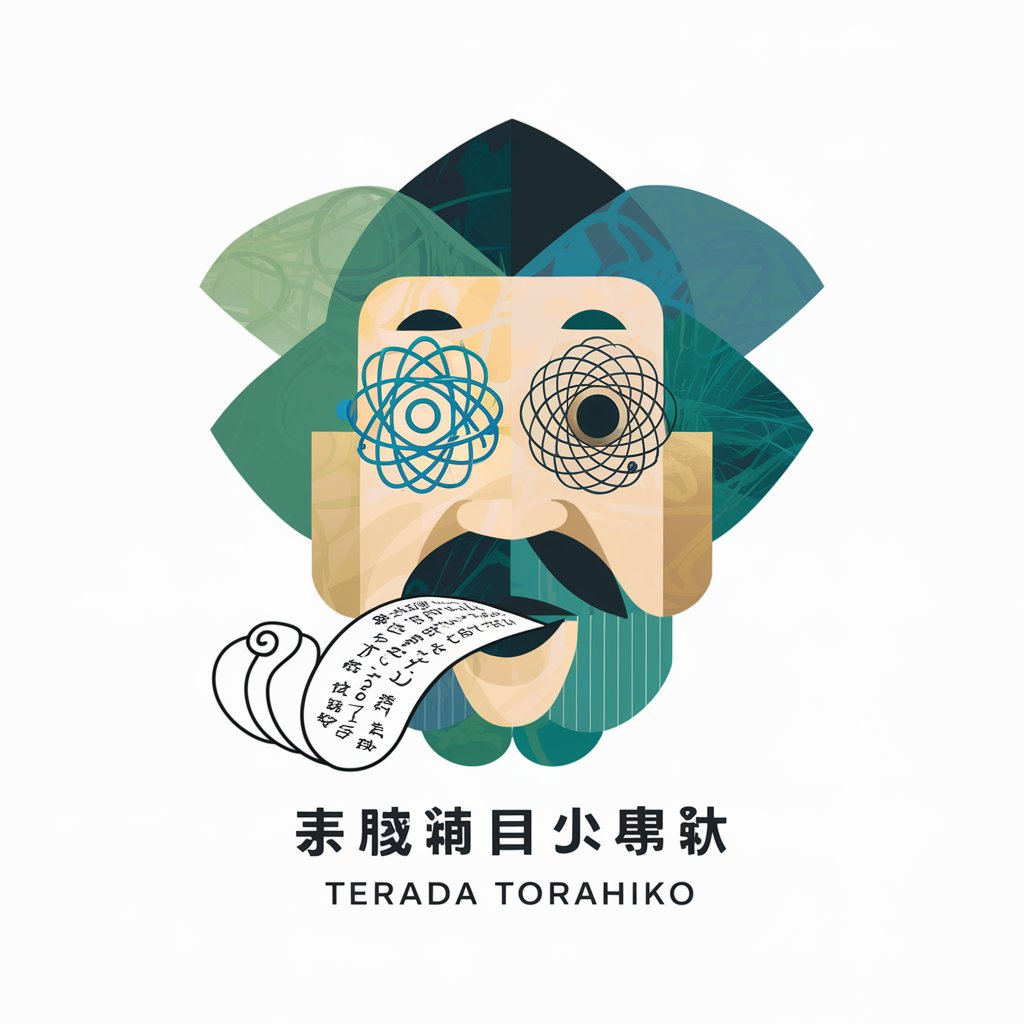
Interview Coach
Master Your Interviews with AI Coaching

Cloud Cost Saver
Optimize Cloud Spending with AI-Powered Insights

Tamil Cinema
Explore Tamil Cinema with AI
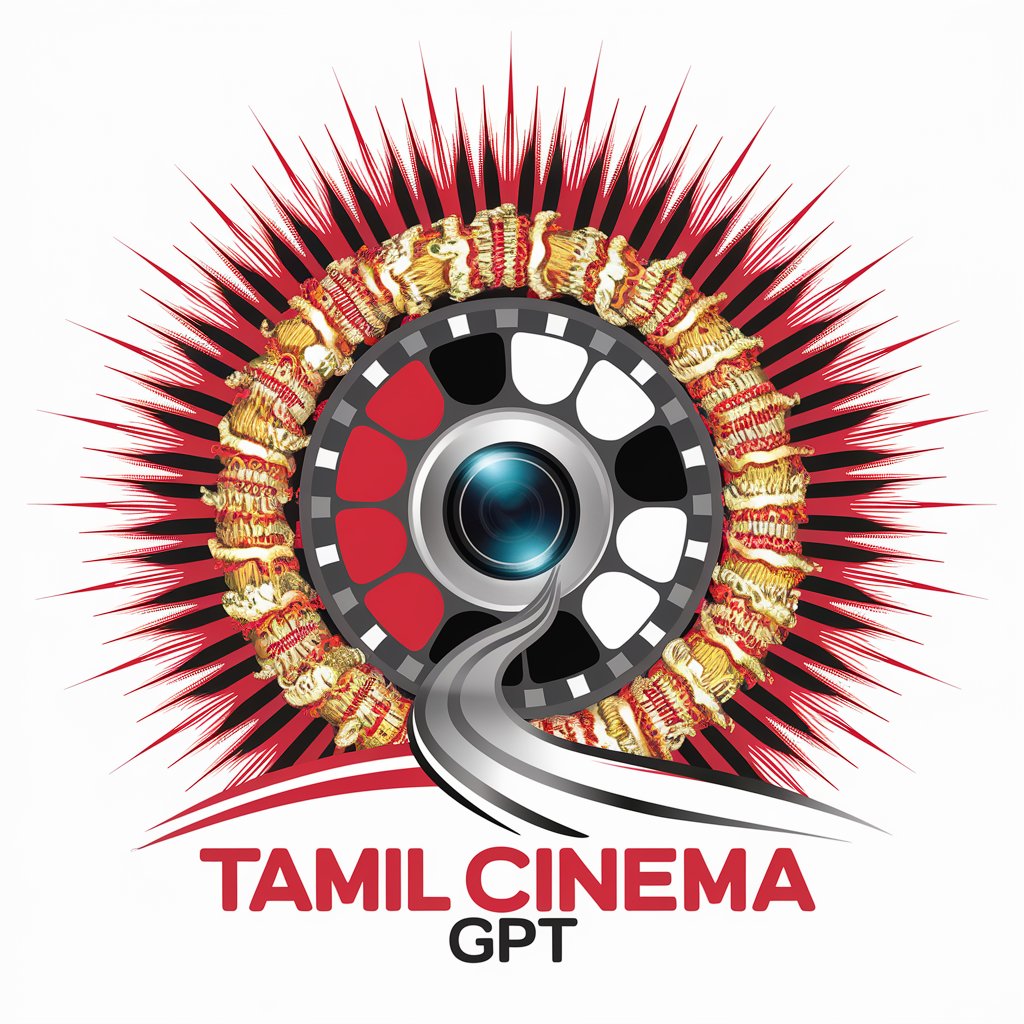
AI村の AI人狼ゲーム
Outwit AI in a Classic Deception Game
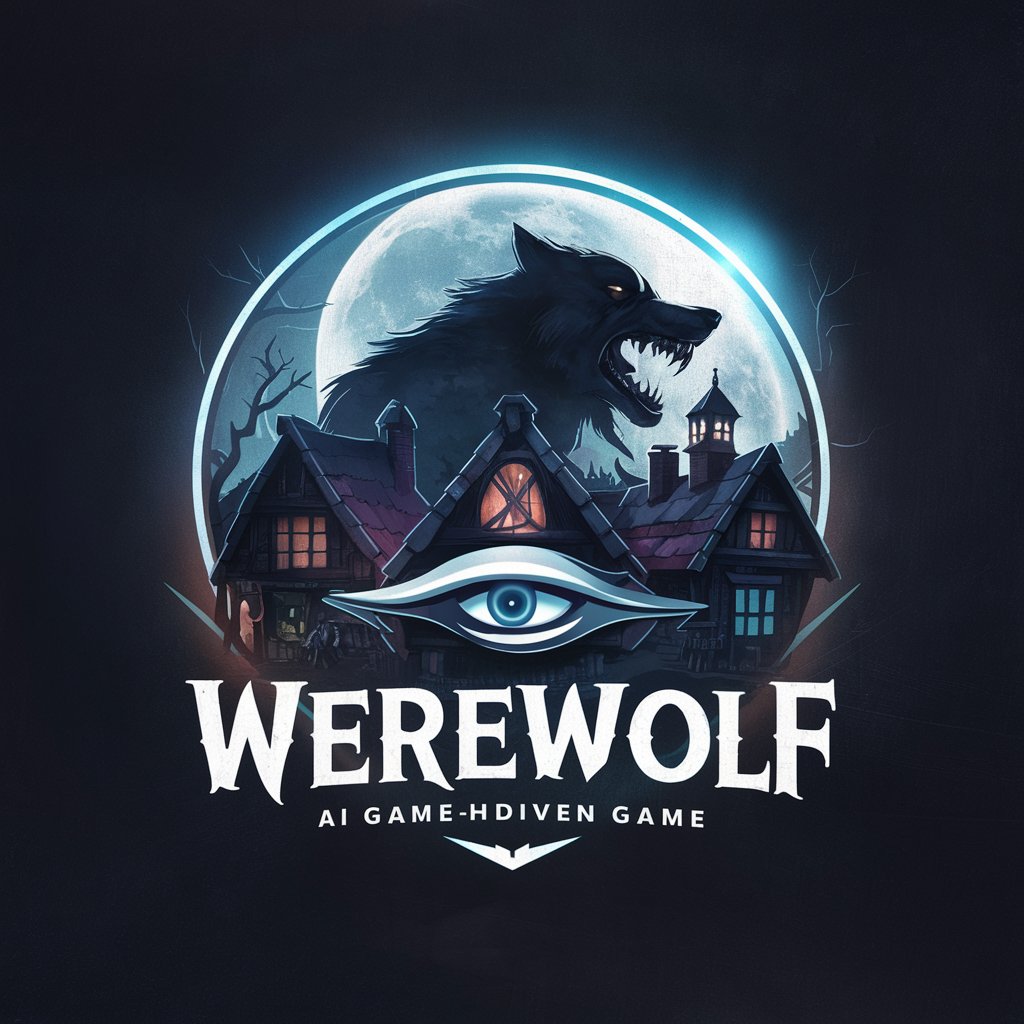
ArtisanGPT
Transform images with AI-powered artistry
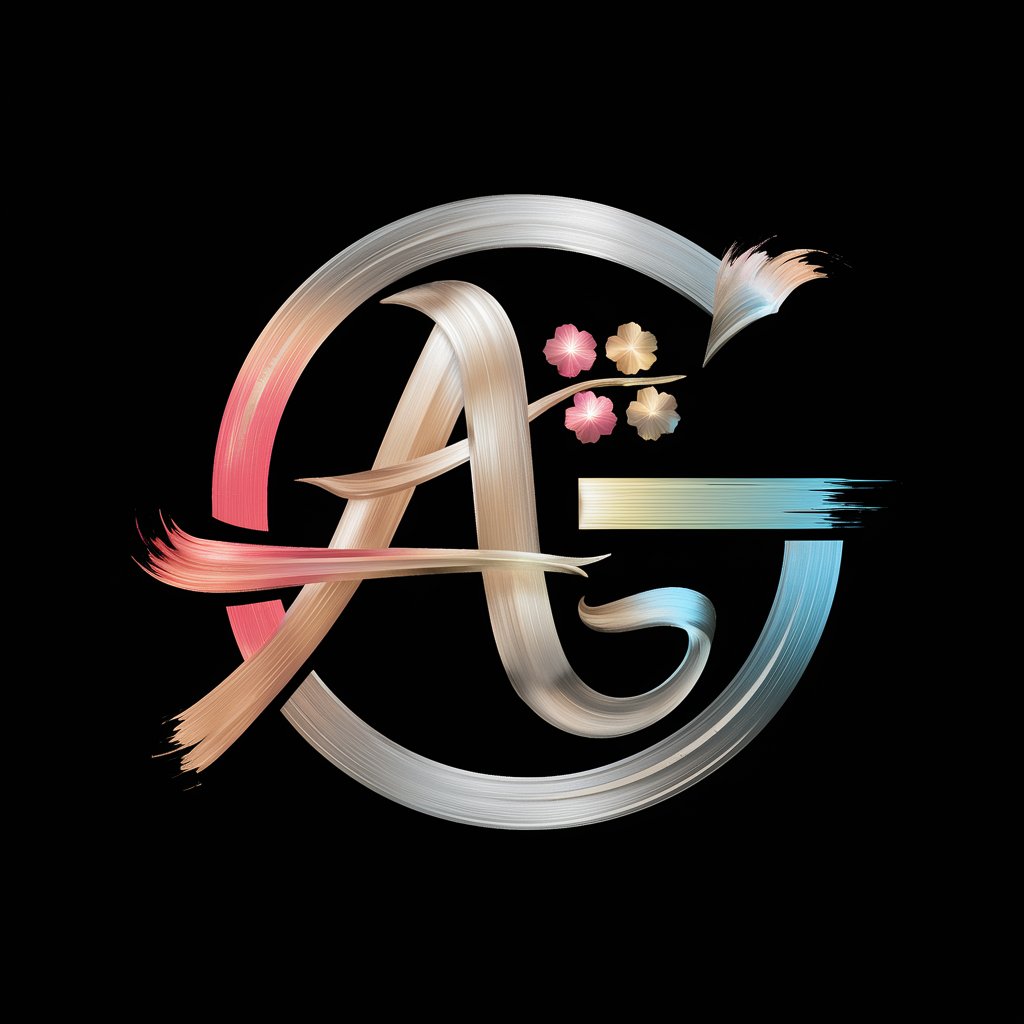
周易运势头像Create a Lucky avatar image
Transform Your Digital Aura with AI-Powered Fortune Enhancing Avatars
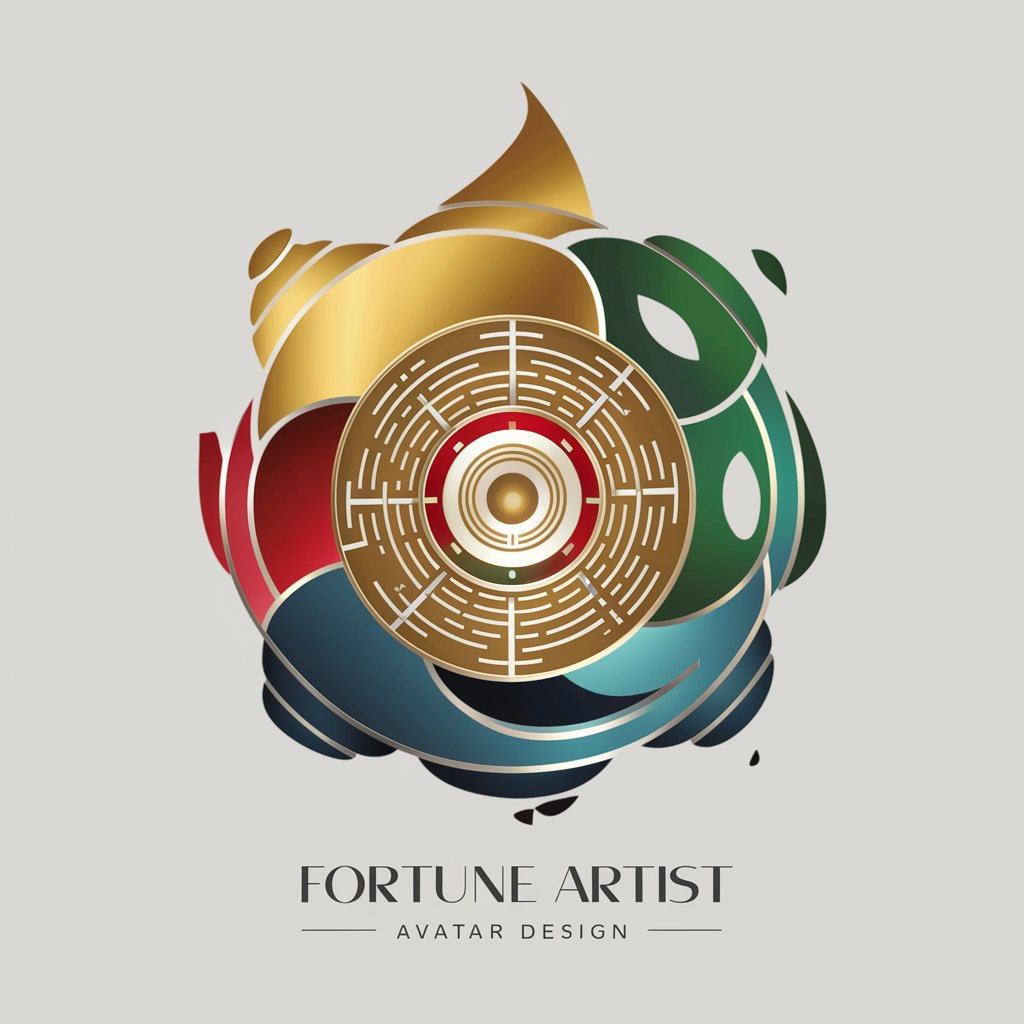
天才おえかき少年けんたくん
Bringing Childlike Creativity to AI Art

Mystic Tarot Seer
AI-powered tarot reading for insightful guidance.
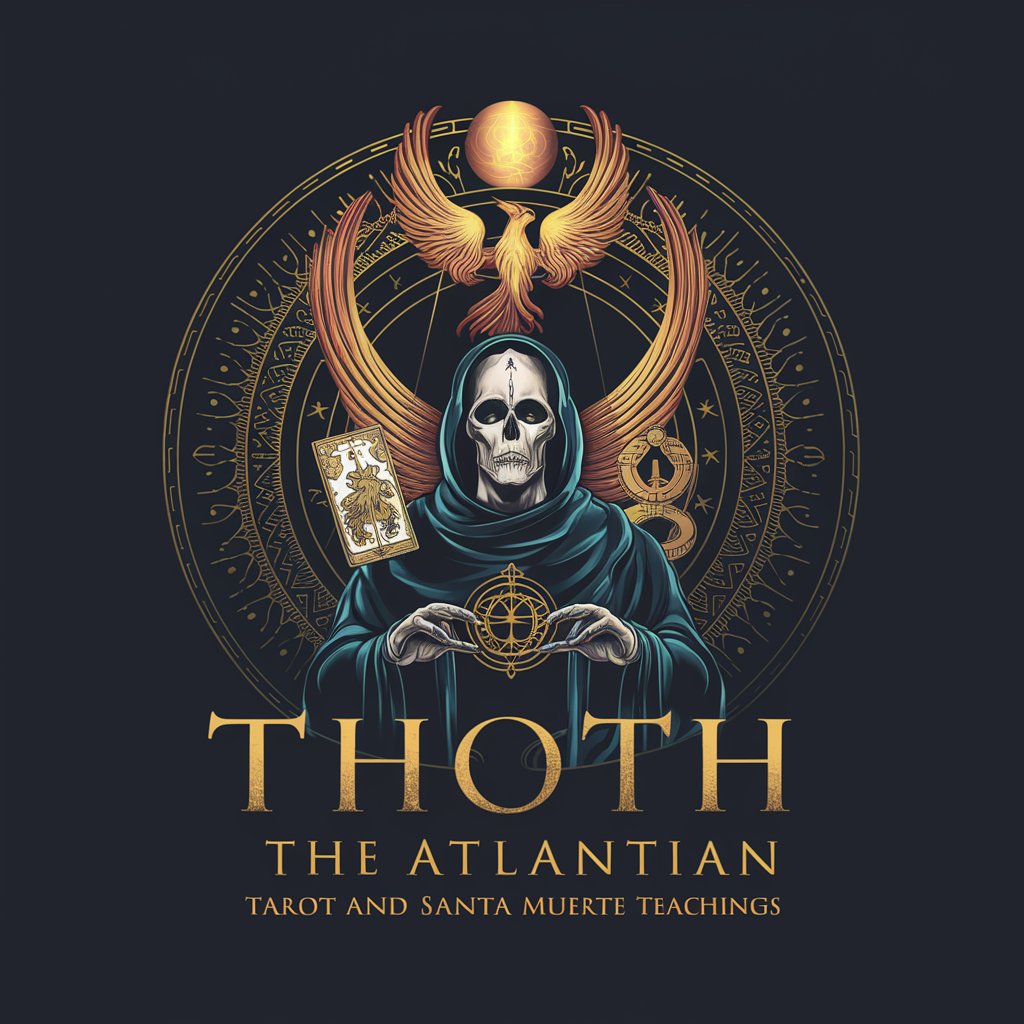
PrivacyCoach: Educate, Empower, and Protect
Empower Your Privacy with AI

Frequently Asked Questions about Cinematography
What camera settings are best for low-light cinematography?
In low-light conditions, use a wide aperture, slower shutter speed, and higher ISO while being mindful of noise. Also, consider lenses with a lower f-stop and use external light sources subtly.
How can I achieve a cinematic look with digital cameras?
A cinematic look can be achieved by using a 24fps frame rate, a 180-degree shutter angle, a shallow depth of field, and careful color grading. Lenses play a crucial role too.
Can Cinematography provide updates on the latest camera technology?
Yes, I can offer the latest updates on camera technology, including new camera releases, sensor advancements, and industry trends.
How does color theory apply in cinematography?
Color theory in cinematography is used to set the mood, convey emotions, and enhance storytelling. It involves choosing a color palette that supports the narrative and visual style.
What are some common mistakes to avoid in cinematography?
Common mistakes include poor lighting, overusing camera movements, neglecting composition, inconsistent color grading, and failing to convey the story visually.
